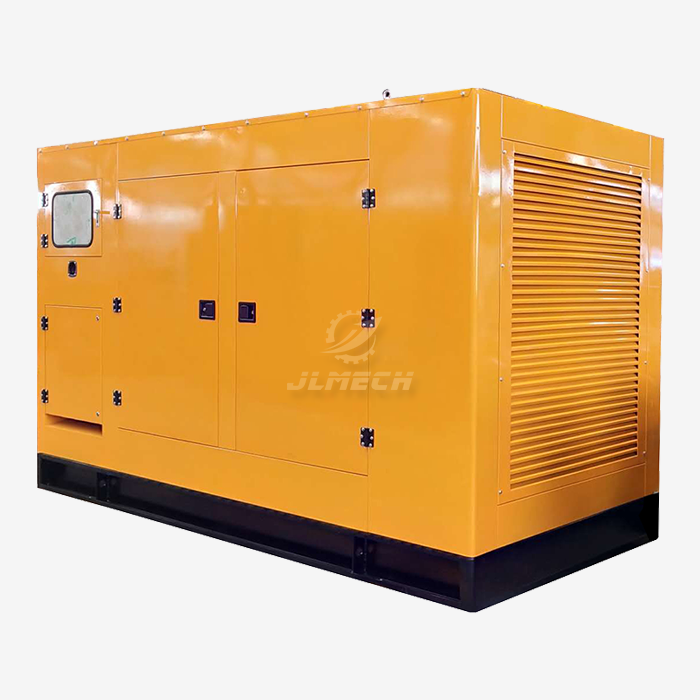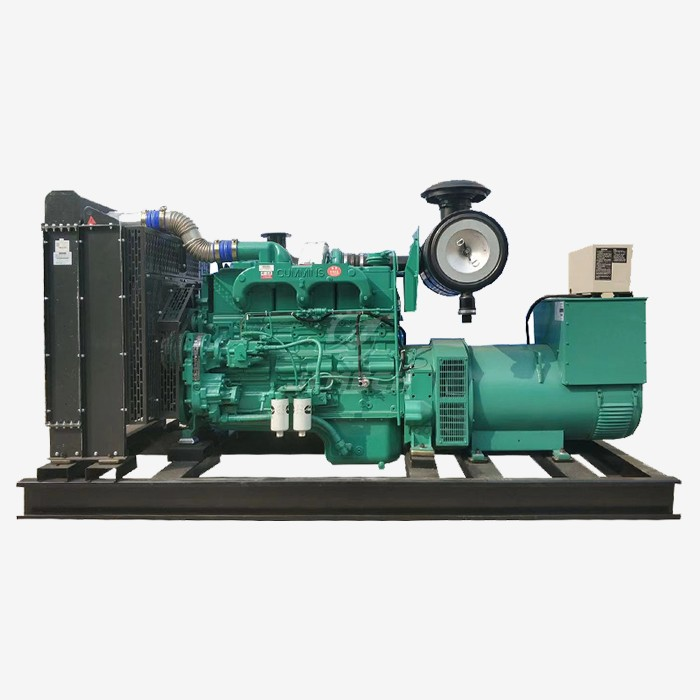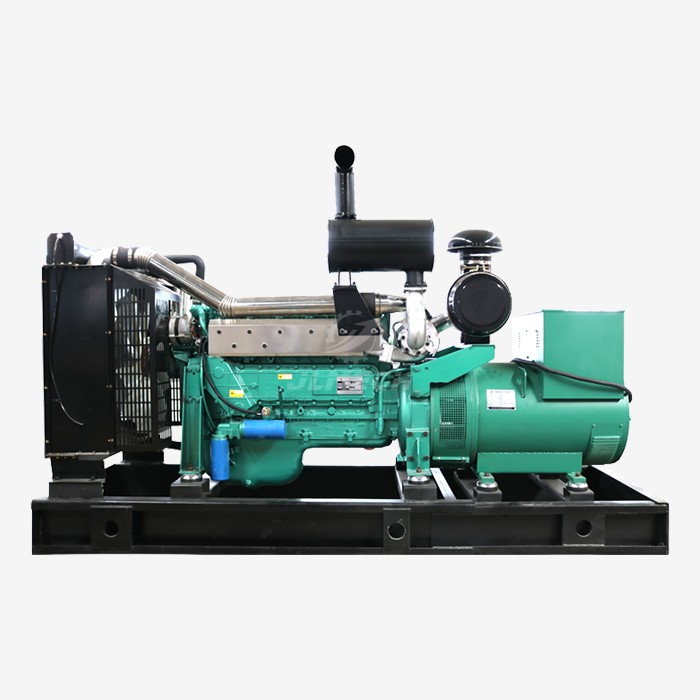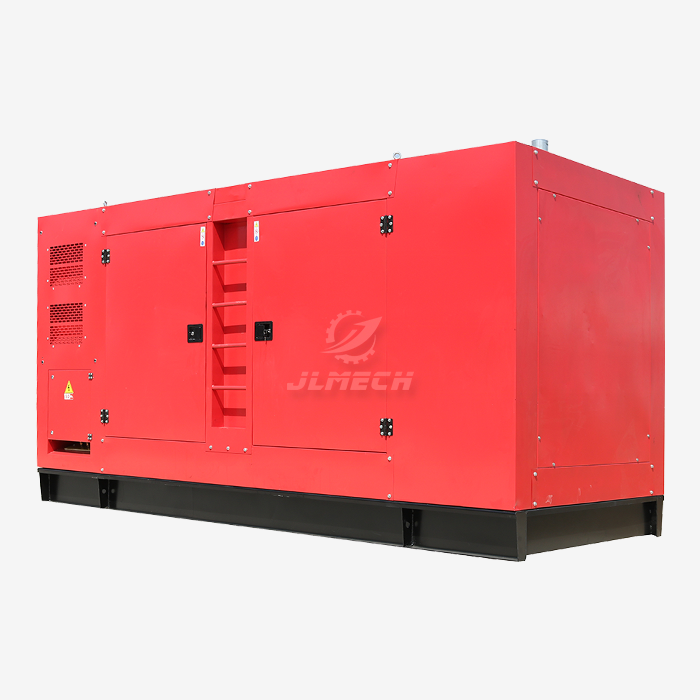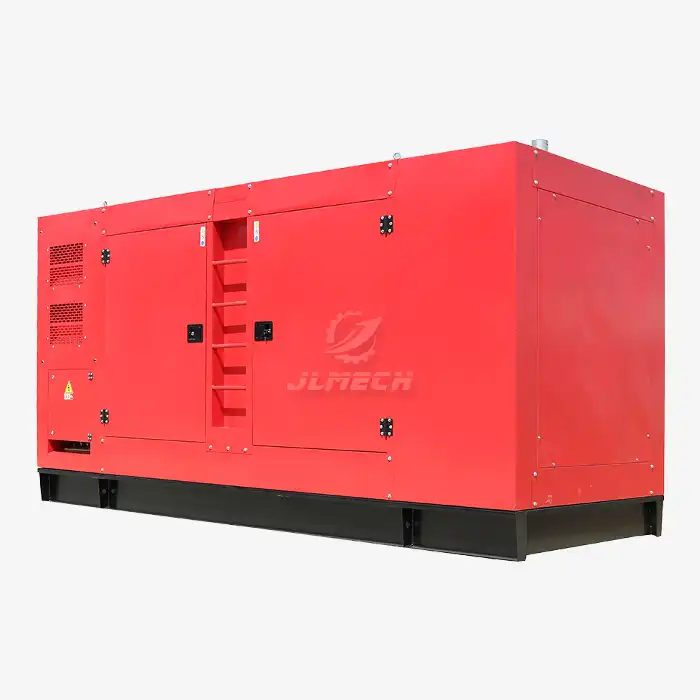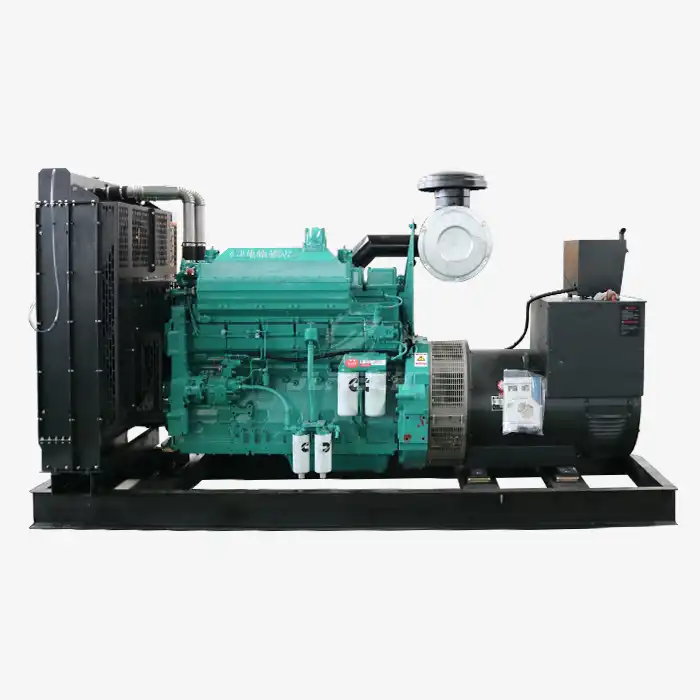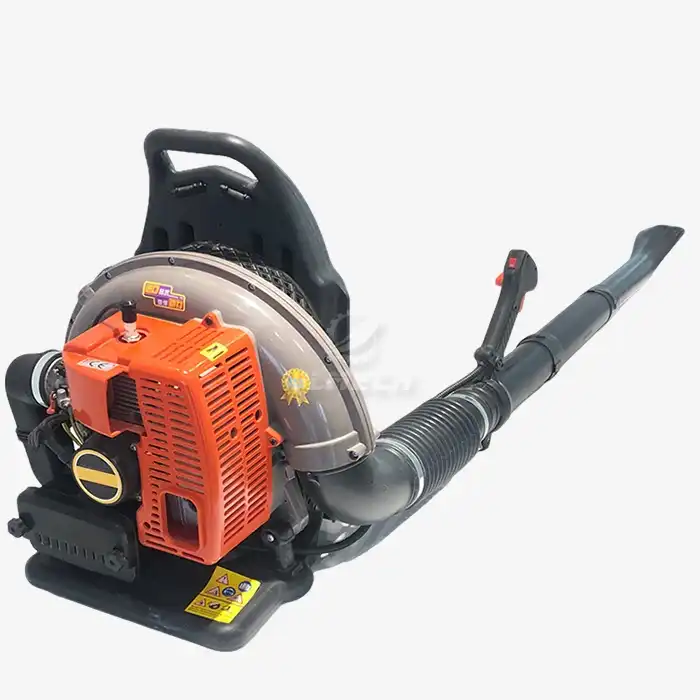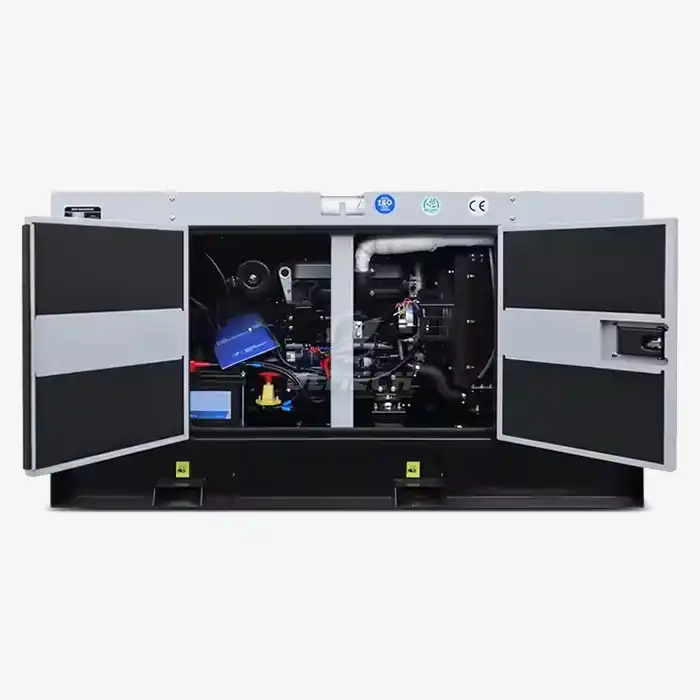What is the normal temperature of a generator?
Generators don’t have one "normal" temperature—understanding this protects your investment. The generator temperature varies significantly across critical components. What’s "normal" depends entirely on where you measure:
- Coolant/Water (Most Critical): 75°C–95°C (167°F–203°F). Optimal for fuel efficiency and emissions.
- Engine Oil: Typically 90°C–110°C (194°F–230°F)—slightly hotter than coolant for proper lubrication.
- Stator Windings: Class H insulation max: ≤180°C; typical operation: 100°C–130°C (212°F–266°F).
- Bearings: Safe limit: <90°C (194°F).
Ignoring these ranges invites failures. Measure the right spots.

Key Monitoring Points and Gauges
Your control panel is the first line of defense. Track these to catch generator temperature anomalies early:
Prioritize the coolant gauge—it signals immediate engine stress.
Expect fluctuations: Temperatures rise under heavy load and drop at idle.
Know your alarms:
- Warning: Exceeds optimal range (e.g., coolant >95°C).
- Shutdown: Prevents meltdown (e.g., coolant ≥100°C).
Use data trends: Modern systems log temperatures. A slow creep hints at clogged radiators or failing pumps.
Cooling System: Your Temperature Lifeline
A well-maintained cooling system sustains safe generator temperature. Neglect it, and failure follows:
Critical components: Radiator, fan, water pump, thermostat.
Maintenance non-negotiables:
- Coolant quality: Check concentration monthly. Weak coolant boils faster.
- Radiator cleanliness: Clear debris blocking fins (dust, insects).
- Fan belts: Tighten loose belts—slipping reduces airflow.
Tech edge: Newer generators use larger radiators and variable-speed fans to stabilize temperatures in heat waves.
Environmental and Operational Stressors
Ambient heat isn’t the only threat. These factors warp "normal" generator temperature:
- High air temps (>40°C): Reduce cooling efficiency. Expect temps near range limits.
- Altitude: Altitude: Thin air at 1,500m+ reduces heat dissipation by approximately 15%. Use derated or plateau-rated units.
- Load: Full load = 10°C–15°C hotter than half-load.
- Ventilation: Confined rooms trap heat. Ensure 1m clearance around generators.
Overheating Consequences and Actions
Persistent high generator temperature causes catastrophic damage:
- Engine: Seized pistons, cracked cylinder heads.
- Generator windings: Insulation burnout, short circuits.
- Oil breakdown: Loss of viscosity → metal-on-metal wear.
Respond immediately if alarms sound:
- Reduce load by 50%.
- Check coolant levels and radiator blockages.
- Shut down if temps keep rising—call technicians.
Is Your Generator Running at Normal Temperature?
Use this checklist to diagnose:
- Consult your manual: Model-specific ranges vary.
- Establish baselines: Record temperatures at 50%/75%/100% loads in cool weather.
- Watch trends: A 5°C gradual increase signals buildup in cooling systems.
- Listen and smell: Screeching belts or sweet coolant odors precede overheating.
- Professional help: Contact experts if temperatures consistently hit >90% of max limits.
Conclusion
Safe operation hinges on mastering generator temperature ranges. From coolant to windings, each component thrives within precise thermal boundaries. Stray outside them, and costs compound—from repairs to unplanned downtime.
JLMECH combines precision engineering with deep thermal management expertise. Our generators integrate rugged cooling systems, real-time monitoring, and resilience against extreme environments.Protect your power: Email JLMECH’s team at skala@whjlmech.com. We design solutions that match your climate, load profile, and reliability needs—backed by 24/7 global support.
References
Rako Polo, U. S. (2020). Effects of Low Charge and Environmental Conditions on Diesel Generators Operation. Energies, 1(2), 9.
Thomopoulos, S. C. A. (1986). Diesel engine performance as influenced by fuel temperature. Fuel Processing Technology, 13(2), 145-156.
Zhao, F. , & Ladommatos, N. (2004). The influence of blow-by on indicated work output from a diesel engine under cold start conditions. Proceedings of the Institution of Mechanical Engineers, Part D: Journal of Automobile Engineering, 218(1), 1-8.



